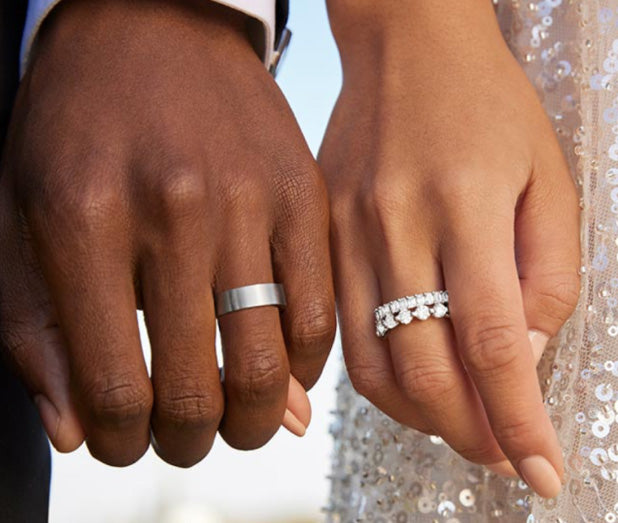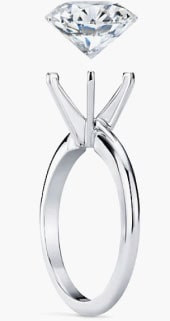So, when we're talking about diamonds, the 'shape' is basically what the diamond looks like when you first glance at it. It's like the diamond's silhouette. Each shape has its own unique features that can make it sparkle more or less.
When people are looking for a diamond, the shape is usually one of the first things they think about. The most common shape is round, but there are loads of other cool shapes too, like oval, cushion, princess, pear, emerald, marquise, asscher, radiant, and heart. These are often called 'fancy shaped' diamonds because they're a bit different.
Now, there's a bit of confusion between 'shape' and 'cut'. The shape is what you see when you look at the diamond, but the cut is about how the light bounces off the different sides, or 'facets', of the diamond.
A good cut can make a diamond really sparkle. Gemologists (the diamond experts) look at seven things when they're grading a diamond's cut: brightness, dispersion, scintillation, weight ratio, durability, polish, and symmetry.
The shape of the diamond is easy to see, but the cut is a bit trickier. You need to look at the facets, how the diamond reflects light, and the overall proportions of the diamond.
You can choose any shape for a diamond and then get a specific cut, like super ideal, ideal, very good, and so on. The shape of the diamond doesn't change, no matter what cut you choose.
One thing people often forget about is the length-to-width ratio of a diamond. This is different for each diamond shape, but generally, it gives diamonds a balanced look.
The length-to-width ratio is important because it can change how your diamond looks and the overall style of your ring. A ratio of 1 means the diamond is perfectly symmetrical, like a square cut, round cut, or heart-shaped diamond. A higher ratio means the diamond is longer and covers more of your finger, while a lower ratio means it will cover more of the band.
The right length-to-width ratio for your diamond depends on what you like and how you want your diamonds to look.
The shape of a diamond can also affect its price, just like the 4Cs (carat, cut, color, and clarity). Anything that changes how the diamond looks can change the price. For example, if the length-to-width ratio is outside the typical range for that shape, it's rarer, so the price will be higher.





















